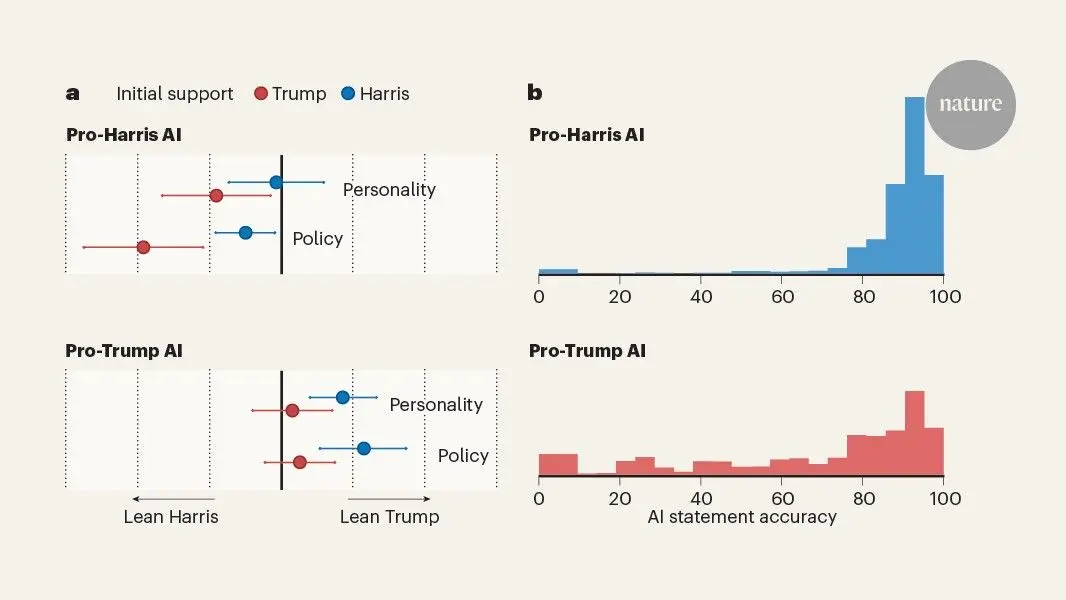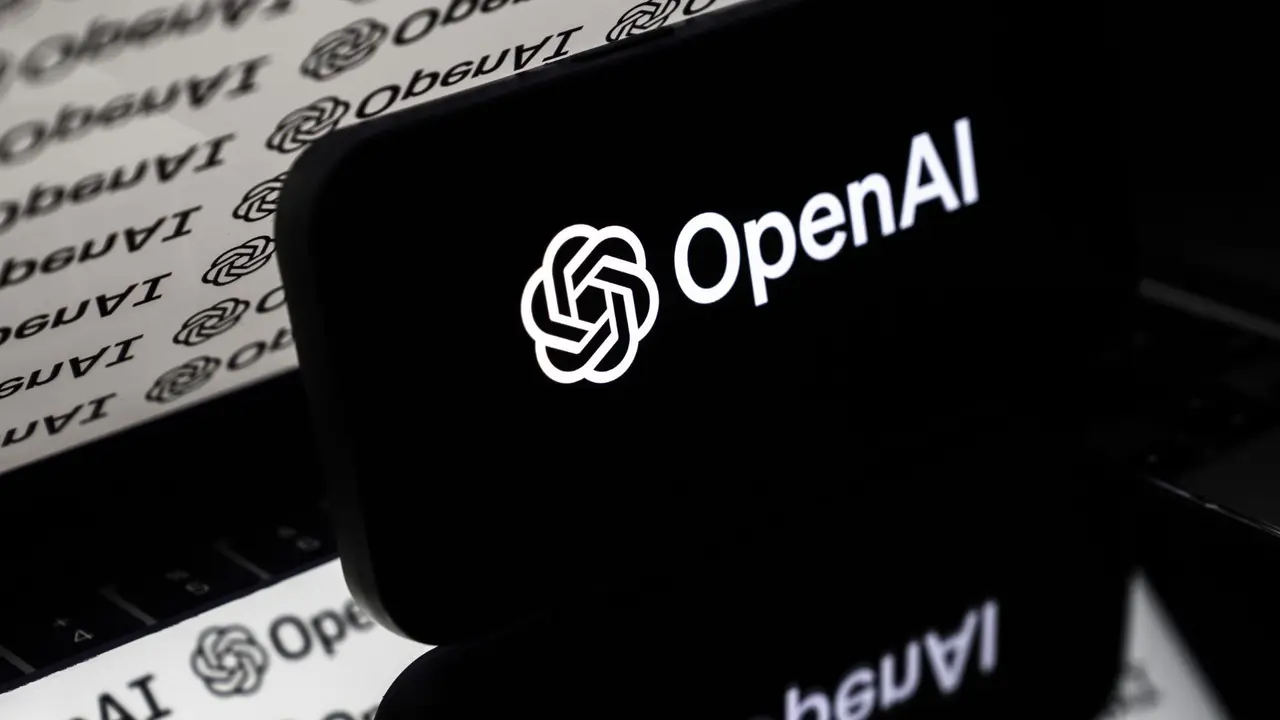AI Model Revolutionizes Sepsis Mortality Prediction in ICUs
3 Sources
3 Sources
[1]
New AI model predicts sepsis mortality in the ICU with high accuracy
Chinese Academy of SciencesMar 24 2025 Sepsis is one of the deadliest conditions in intensive care units (ICUs), triggered by the body's out-of-control response to infection. Despite medical advancements, its in-hospital mortality rate still hovers between 20% and 50%. The challenge lies in early identification -- sepsis is highly dynamic, and current scoring systems like APACHE-II and SOFA are not specifically designed to track its rapid progression. While machine learning has shown promise, most models struggle to account for real-time fluctuations in patient data. Given these challenges, an advanced predictive system capable of continuously learning from incoming clinical data is urgently needed to improve early detection and patient outcomes. On February 8, 2025, researchers from Sichuan University, the University of A Coruña, and their collaborators published their findings (DOI: 10.1093/pcmedi/pbaf003) in Precision Clinical Medicine, introducing a two-stage Transformer-based model designed to predict ICU sepsis mortality. Trained on data from the eICU Collaborative Research Database, which includes over 200,000 patients, the model dynamically processes both hourly and daily health indicators. By day five of ICU admission, it achieved an impressive AUC of 0.92, significantly outperforming traditional scoring systems like APACHE-II. This AI-powered model marks a significant leap forward in sepsis prediction. It operates in two stages: the first stage analyzes hourly data, identifying critical intra-day fluctuations in vital signs and lab results, while the second stage integrates daily data to capture longer-term trends. This layered approach enables the model to adapt to the rapidly changing nature of sepsis. Key predictors of mortality -- such as lactate levels, respiratory rates, and coagulation markers -- were identified with high precision. A major breakthrough lies in the model's ability to generate real-time risk alerts, equipping ICU teams with actionable insights when they are needed most. The inclusion of SHAP (SHapley Additive exPlanations) visualizations ensures interpretability, allowing clinicians to understand which factors drive predictions. Additionally, the model demonstrated exceptional robustness when validated on external datasets, including patient cohorts from China and the MIMIC-IV database. "This Transformer-based model represents a paradigm shift in how we approach sepsis prognosis in ICUs," said Dr. Bairong Shen, one of the study's corresponding authors. "By integrating real-time, time-series data, we can now provide clinicians with more accurate and timely risk assessments, ultimately improving patient outcomes and reducing mortality rates." The impact of this research could be transformative for ICU management. By embedding the AI model into hospital information systems, clinicians could receive daily risk alerts, allowing for earlier and more targeted interventions. Its adaptability across different patient populations and resilience to missing data make it a valuable asset in diverse healthcare settings worldwide. Future developments could see the model integrated into real-time monitoring systems, continuously updating risk scores and further minimizing diagnostic delays. Beyond immediate clinical applications, the model's interpretability through SHAP analysis offers deeper insights into sepsis progression, potentially guiding the development of precision therapies. This innovation not only enhances patient care but also sets a new benchmark for AI-driven predictive modeling in critical care medicine. With its ability to harness vast amounts of real-time data and translate it into life-saving insights, this AI-powered tool could redefine the standard of care for sepsis patients -- turning early warnings into timely interventions and improving survival rates on a global scale. Chinese Academy of Sciences Journal reference: Yang, H., et al. (2025). Predictive model for daily risk alerts in sepsis patients in the ICU: visualization and clinical analysis of risk indicators. Precision Clinical Medicine. doi.org/10.1093/pcmedi/pbaf003.
[2]
Real-time sepsis risk alerts: An AI model improves ICU patient survival
In a recent development, researchers have created an AI-driven model capable of predicting mortality risk in sepsis patients admitted to intensive care units (ICUs). Leveraging cutting-edge Transformer-based time-series analysis, the model continuously tracks a patient's evolving health status, issuing real-time risk alerts and enabling personalized interventions. Remarkably, its predictive power strengthens over time, with the AUC (area under the curve) improving from 0.87 on the day of admission to 0.92 by day five -- surpassing conventional risk assessment tools. This innovation has the potential to transform ICU triage, accelerate critical decision-making, and ultimately save lives. Sepsis is one of the deadliest conditions in intensive care units, triggered by the body's out-of-control response to infection. Despite medical advancements, its in-hospital mortality rate still hovers between 20% and 50%. The challenge lies in early identification -- sepsis is highly dynamic, and current scoring systems like APACHE-II and SOFA are not specifically designed to track its rapid progression. While machine learning has shown promise, most models struggle to account for real-time fluctuations in patient data. Given these challenges, an advanced predictive system capable of continuously learning from incoming clinical data is urgently needed to improve early detection and patient outcomes. Researchers from Sichuan University, the University of A Coruña, and their collaborators have published their findings in Precision Clinical Medicine, introducing a two-stage Transformer-based model designed to predict ICU sepsis mortality. Trained on data from the eICU Collaborative Research Database, which includes over 200,000 patients, the model dynamically processes both hourly and daily health indicators. By day five of ICU admission, it achieved an impressive AUC of 0.92, significantly outperforming traditional scoring systems like APACHE-II. This AI-powered model marks a significant leap forward in sepsis prediction. It operates in two stages: The first stage analyzes hourly data, identifying critical intra-day fluctuations in vital signs and lab results, while the second stage integrates daily data to capture longer-term trends. This layered approach enables the model to adapt to the rapidly changing nature of sepsis. Key predictors of mortality -- such as lactate levels, respiratory rates, and coagulation markers -- were identified with high precision. A major breakthrough lies in the model's ability to generate real-time risk alerts, equipping ICU teams with actionable insights when they are needed most. The inclusion of SHAP (SHapley Additive exPlanations) visualizations ensures interpretability, allowing clinicians to understand which factors drive predictions. Additionally, the model demonstrated exceptional robustness when validated on external datasets, including patient cohorts from China and the MIMIC-IV database. "This Transformer-based model represents a paradigm shift in how we approach sepsis prognosis in ICUs," said Dr. Bairong Shen, one of the study's corresponding authors. "By integrating real-time, time-series data, we can now provide clinicians with more accurate and timely risk assessments, ultimately improving patient outcomes and reducing mortality rates." The impact of this research could be transformative for ICU management. By embedding the AI model into hospital information systems, clinicians could receive daily risk alerts, allowing for earlier and more targeted interventions. Its adaptability across different patient populations and resilience to missing data make it a valuable asset in diverse health care settings worldwide. Future developments could see the model integrated into real-time monitoring systems, continuously updating risk scores and further minimizing diagnostic delays. Beyond immediate clinical applications, the model's interpretability through SHAP analysis offers deeper insights into sepsis progression, potentially guiding the development of precision therapies. This innovation not only enhances patient care but also sets a new benchmark for AI-driven predictive modeling in critical care medicine. With its ability to harness vast amounts of real-time data and translate it into life-saving insights, this AI-powered tool could redefine the standard of care for sepsis patients -- turning early warnings into timely interventions and improving survival rates on a global scale.
[3]
Real-time sepsis risk alerts: new AI model improves ICU patient survival | Newswise
The framework of hospital system integration with predictive models. Sepsis is one of the deadliest conditions in intensive care units (ICUs), triggered by the body's out-of-control response to infection. Despite medical advancements, its in-hospital mortality rate still hovers between 20% and 50%. The challenge lies in early identification -- sepsis is highly dynamic, and current scoring systems like APACHE-II and SOFA are not specifically designed to track its rapid progression. While machine learning has shown promise, most models struggle to account for real-time fluctuations in patient data. Given these challenges, an advanced predictive system capable of continuously learning from incoming clinical data is urgently needed to improve early detection and patient outcomes. On February 8, 2025, researchers from Sichuan University, the University of A Coruña, and their collaborators published their findings (DOI: 10.1093/pcmedi/pbaf003) in Precision Clinical Medicine, introducing a two-stage Transformer-based model designed to predict ICU sepsis mortality. Trained on data from the eICU Collaborative Research Database, which includes over 200,000 patients, the model dynamically processes both hourly and daily health indicators. By day five of ICU admission, it achieved an impressive AUC of 0.92, significantly outperforming traditional scoring systems like APACHE-II. This AI-powered model marks a significant leap forward in sepsis prediction. It operates in two stages: the first stage analyzes hourly data, identifying critical intra-day fluctuations in vital signs and lab results, while the second stage integrates daily data to capture longer-term trends. This layered approach enables the model to adapt to the rapidly changing nature of sepsis. Key predictors of mortality -- such as lactate levels, respiratory rates, and coagulation markers -- were identified with high precision. A major breakthrough lies in the model's ability to generate real-time risk alerts, equipping ICU teams with actionable insights when they are needed most. The inclusion of SHAP (SHapley Additive exPlanations) visualizations ensures interpretability, allowing clinicians to understand which factors drive predictions. Additionally, the model demonstrated exceptional robustness when validated on external datasets, including patient cohorts from China and the MIMIC-IV database. "This Transformer-based model represents a paradigm shift in how we approach sepsis prognosis in ICUs," said Dr. Bairong Shen, one of the study's corresponding authors. "By integrating real-time, time-series data, we can now provide clinicians with more accurate and timely risk assessments, ultimately improving patient outcomes and reducing mortality rates." The impact of this research could be transformative for ICU management. By embedding the AI model into hospital information systems, clinicians could receive daily risk alerts, allowing for earlier and more targeted interventions. Its adaptability across different patient populations and resilience to missing data make it a valuable asset in diverse healthcare settings worldwide. Future developments could see the model integrated into real-time monitoring systems, continuously updating risk scores and further minimizing diagnostic delays. Beyond immediate clinical applications, the model's interpretability through SHAP analysis offers deeper insights into sepsis progression, potentially guiding the development of precision therapies. This innovation not only enhances patient care but also sets a new benchmark for AI-driven predictive modeling in critical care medicine. With its ability to harness vast amounts of real-time data and translate it into life-saving insights, this AI-powered tool could redefine the standard of care for sepsis patients -- turning early warnings into timely interventions and improving survival rates on a global scale. This work was supported by the National Natural Science Foundation of China (Grant Nos. 32200545 and 32270690) and the 1·3·5 Project for Disciplines of Excellence, West China Hospital, Sichuan University (Grant Nos. ZYGD23012 and ZYAI24044), and was funded by the EU and the Xunta de Galicia (Spain) through grant ED431C2022/46 for Competitive Reference Groups (GRC). It was also supported by CITIC-UDC and INIBIC. About Precision Clinical Medicine Precision Clinical Medicine (PCM) commits itself to the combination of precision medical research and clinical application. PCM is an international, peer-reviewed, open access journal that publishes original research articles, case reports, reviews, editorials and perspectives on all aspects in the field of precision medicine in a timely manner. By doing so, the journal aims to provide new theories, methods, and evidence for disease diagnosis, treatment, prevention and prognosis, so as to establish a communication platform for clinicians and researchers that will impact practice of medicine. The journal covers all aspects of precision medicine, which uses novel means of diagnosis, treatment and prevention tailored to the needs of a patient or a sub-group of patients based on the specific genetic, phenotypic, or psychosocial characteristics. Clinical conditions include cancer, infectious disease, inherited diseases, complex diseases, rare diseases, etc.
Share
Share
Copy Link
Researchers develop a two-stage Transformer-based AI model that accurately predicts sepsis mortality in ICU patients, outperforming traditional scoring systems and providing real-time risk alerts.

Breakthrough in Sepsis Mortality Prediction
Researchers from Sichuan University and the University of A Coruña have developed a groundbreaking AI model that significantly improves the prediction of sepsis mortality in intensive care units (ICUs). Published in Precision Clinical Medicine on February 8, 2025, this innovative two-stage Transformer-based model represents a major advancement in the fight against sepsis, a condition with an in-hospital mortality rate between 20% and 50%
1
.The Challenge of Sepsis in ICUs
Sepsis, triggered by the body's extreme response to infection, has long been a critical challenge in ICUs due to its rapid progression and the limitations of current scoring systems like APACHE-II and SOFA. The dynamic nature of sepsis demands a more advanced predictive system capable of continuous learning from real-time clinical data
2
.AI Model's Impressive Performance
The new AI model, trained on data from over 200,000 patients in the eICU Collaborative Research Database, dynamically processes both hourly and daily health indicators. By the fifth day of ICU admission, it achieves an impressive Area Under the Curve (AUC) of 0.92, significantly outperforming traditional scoring systems
3
.Two-Stage Approach for Accurate Prediction
The model's two-stage approach is key to its success:
- First stage: Analyzes hourly data to identify critical intra-day fluctuations in vital signs and lab results.
- Second stage: Integrates daily data to capture longer-term trends.
This layered approach enables the model to adapt to the rapidly changing nature of sepsis, providing a more comprehensive analysis of patient condition
1
.Real-Time Risk Alerts and Interpretability
A major breakthrough of this AI model is its ability to generate real-time risk alerts, equipping ICU teams with actionable insights when they are most needed. The inclusion of SHAP (SHapley Additive exPlanations) visualizations ensures interpretability, allowing clinicians to understand the factors driving predictions
2
.Related Stories
Robust Performance and Potential Impact
The model has demonstrated exceptional robustness when validated on external datasets, including patient cohorts from China and the MIMIC-IV database. Its adaptability across different patient populations and resilience to missing data make it a valuable asset in diverse healthcare settings worldwide
3
.Future Applications and Implications
The potential impact of this research on ICU management is significant. By embedding the AI model into hospital information systems, clinicians could receive daily risk alerts, enabling earlier and more targeted interventions. Future developments may see the model integrated into real-time monitoring systems, continuously updating risk scores and further minimizing diagnostic delays
1
.This AI-powered tool has the potential to redefine the standard of care for sepsis patients globally, turning early warnings into timely interventions and improving survival rates. Beyond immediate clinical applications, the model's interpretability through SHAP analysis offers deeper insights into sepsis progression, potentially guiding the development of precision therapies and setting a new benchmark for AI-driven predictive modeling in critical care medicine
2
.References
Summarized by
Navi
[2]
Related Stories
Recent Highlights
1
AI Chatbots Sway Voters More Effectively Than Traditional Political Ads, New Studies Reveal
Science and Research

2
Trump signs executive order to override state AI laws despite bipartisan pushback
Policy and Regulation

3
OpenAI warns upcoming AI models will likely pose high cybersecurity risk with zero-day exploits
Technology








